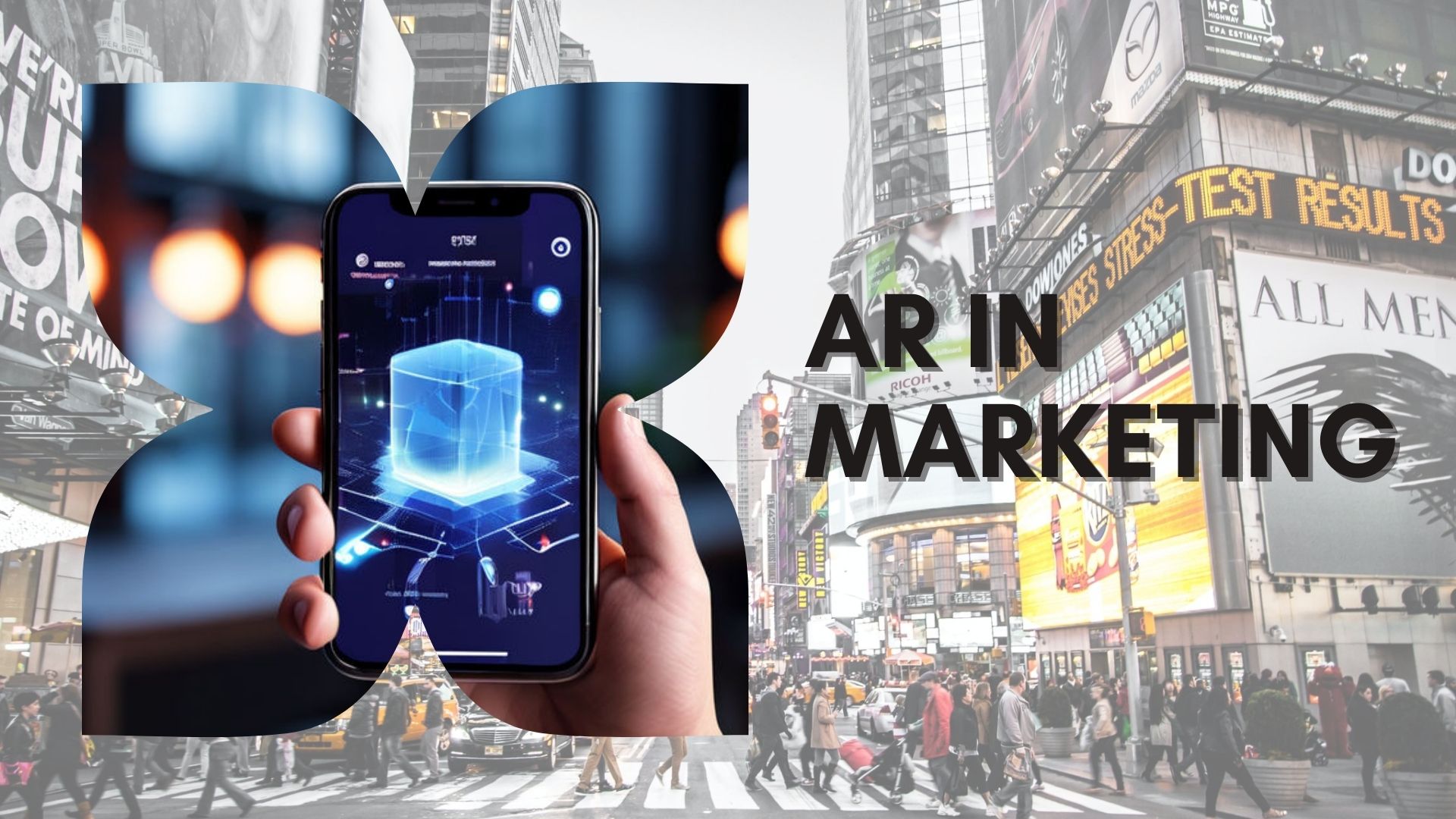
As new immersion tech begins to take shape, the overlap of capabilities make it hard to distinguish between them. How are augmented reality and mixed reality different? Is there a difference at all? As we dive deeper, the lines begin to blur and it’s hard to tell what each tech is responsible for. In an effort to make sense of these varying “realities” and what they bring to the table, we’ve put together a quick breakdown of the similarities and differences between them.
Augmented Reality – AR
As the name suggests, augmented reality is when the real world is augmented with computer-generated content. Digital effects are injected into the physical environment all around us and allow users to seamlessly interact with both worlds. While AR has existed for some time now, it first broke into popular culture via Snapchat filters, which showcased how various effects could be attached to a human face. Niantic took AR a step further in 2016 with Pokemon GO, spawning virtual critters straight into real life. Using a phone’s camera as a lens, virtual Pokemon hop directly onto tabletops and sidewalks, accurately mimicking distance and depth.
As noted in the two previous examples, one of AR’s greatest advantages is it’s portability. The tech is lightweight enough to exist as a mobile phone app, but can also be used in websites and head-mounted displays. We’ve previously teamed up with Toyota, creating an experience where users point their iPads at custom AR markers strategically placed around the physical vehicle. When the app recognized a specific scanned marker, it presented users with virtual information boxes where they could learn more about the newly released Rav4. To top it off, users ended the experience with an AR basketball game, shooting virtual hoops with a flick of their finger. A major bonus of most AR experiences is that they don’t require extensive equipment, which means they are constantly expanding to larger audiences.
Mixed Reality – MR
Time for a hot take: contrary to popular belief, modern mixed reality is functionally identical to augmented reality. Although definitions vary depending on who you ask, there is nothing MR does that AR doesn’t do. Both seek to marry the physical and virtual worlds via digitally generated content that’s anchored to the real world.
But wait, does this mean that AR and MR are synonymous? To put it bluntly, yes. If we compare AR patents from when the industry was young to current MR patents, there are no fundamental differences. Even hardware like Microsoft’s Hololens, which is marketed as mixed reality, runs entirely on augmented reality apps. So if we’re being completely honest, AR and MR are doing the same things by using the same methods.
Virtual Reality – VR
Virtual Reality (VR) is by far the most immersive, generating a completely digital experience to captivate our most prominent senses: vision and hearing. Described plainly, VR aims to completely transport you from the real world to a virtual one. First announced in 2012, Facebook’s Oculus has since spawned an arms race of headset development to balance both environment quality and hardware demands. Newer VR sets also include touch support, with hand controllers providing tactile feedback and further increasing immersion. Most notable are the Valve Index’s controllers, which offer support for all five fingers as opposed to older “caveman” grips that assign four fingers to a single button.
Gravity Jack has undertaken more than a few VR ventures for commercial purposes. From scenic tours to virtual test drives, VR is a unique way to experience the world from the comfort of home.
Now the flip side: certain users may sense the disconnect between virtual and physical. Some people don’t cope well when their virtual self’s movements don’t line up with their actual body. VR also requires substantial setup which ultimately leads to a heftier price tag than with AR.
In a perfect world, a true VR experience would engage all five senses, but complex senses like smell and taste may prove challenging to emulate. Most VR usage today lies in the gaming sector, but as hardware becomes more available moving forward, visual industries like cinema and off-site training are definitely gaining traction as viable uses for VR.
Extended Reality – XR
Extended Reality (XR) is literally all of the above, an umbrella term for any experience that contains elements from the real and virtual worlds. Just like how grade school algebra solves for “x”, the “X” in XR can stand for of (A)ugmented reality, (V)irtual reality, or (M)ixed reality. The next time you’re unsure of how to classify a digital experience, feel free to use XR as a blanket term.
Common Misconception – OCCLUSION
Instead of a simple overlay, “realistic” digital content can interact with the real world as if it were actually there. This crucial factor is known as “occlusion”: when a digital object can “hide” behind a real object and vice versa.

Without occlusion, virtual objects can overlap with physical ones, with jarring results.
Occlusion is notably absent in heads-up displays (HUDs), as their goal is to display useful information while maintaining clear vision of the real world. As seen above, AR / MR content that cannot occlude will leave more to be desired.
Make Sense?
Now that you are equipped with the “All Things Reality” user-guide you’re sure to impress at the next socially distanced dinner party. If you have further questions or want to continue a dialogue we’re here to help, so feel free to drop us a line!








